This article was medically reviewed by Luba Lee, FNP-BC, MS and by wikiHow staff writer, Janice Tieperman. Luba Lee, FNP-BC is a Board-Certified Family Nurse Practitioner (FNP) and educator in Tennessee with over a decade of clinical experience. Luba has certifications in Pediatric Advanced Life Support (PALS), Emergency Medicine, Advanced Cardiac Life Support (ACLS), Team Building, and Critical Care Nursing. She received her Master of Science in Nursing (MSN) from the University of Tennessee in 2006.
There are 16 references cited in this article, which can be found at the bottom of the page.
This article has been viewed 27,887 times.
If you suffer from fecal incontinence or similar GI issues, you may have a lot of anxiety when it comes to your normal bathroom routine. While you should always reach out to your doctor with any serious concerns, you may find long-term relief if you perform regular exercises to strengthen your sphincter muscles. While you won’t see results overnight, repeated training and exercises may help you to strengthen your bowel muscles and so you’re less likely to leak in the future.
Steps
Trying Basic Sphincter Exercises
-
1Sit on a chair and spread your knees apart. Set up a chair in a private area, like your bedroom or bathroom. Seat yourself as you normally would, but pull your knees apart by 6 in (15 cm) or so.[1]
- It doesn’t matter where you try this, as long as you’re seated.
-
2Pretend that you’re stopping yourself from passing gas. Imagine that you’re at a big social gathering where you feel the urge to break wind. Clench your butt in a way that would stop any gas from being released. The muscles that you squeeze in this exercise are your bowel muscles, which are the muscles you want to strengthen and work out.[2]
- Practice this motion a few times if you’re having trouble identifying the right muscles.
Advertisement -
3Tighten your sphincter muscles and try to raise them up. As you squeeze your bowel muscles, note that they pull upwards. Continue tightening the same muscles, using more force to lift them. As you exercise, try squeezing as tightly as you can for a few seconds.[3]
- Don’t be discouraged if you have some difficulty with this at first! Flexing and strengthening your bowel muscles takes practice and dedication.
-
4Squeeze your bowel muscles with varying strength. Pretend that your bowel muscles are an elevator that can travel up to 4 stories. Tighten your sphincter muscles to bring the “elevator” up to the fourth floor, which would be the tightest you can squeeze. Then hold that position for 3 seconds. Relax your muscles and try again, this time taking your bowel muscles to the "second floor." Practice this exercise with different amounts of effort until you have more control over the “elevator.”[4]
- You’ll be able to hold your bowel muscles on the “second” floor for much longer than you can at the “fourth” floor.
Note: Don’t squeeze other major muscles while you practice. Avoid tightening your legs, stomach, and butt during your exercises.[5]
Working Your Pelvic Floor Muscles
-
1Imagine that you’re trying to stop yourself from peeing to find your pelvic muscles. Pretend you’re going to the bathroom, but that you’re trying to pause while urinating. Keep track of the muscles you tighten in this moment, noting that they’re your pelvic floor muscles.[6]
Alternative: If you’re a woman, you can use your vaginal canal to find your pelvic muscles. Lie down on your back, then slide a finger into your vaginal canal. Squeeze your pelvic muscles as though you’re trying to stop yourself from peeing—if you’re doing this exercise correctly, your vaginal muscles should tighten around your finger.[7]
-
2Tighten your pelvic muscles for 3 seconds. Lie horizontally on the floor, then squeeze the same muscles as you did previously. Hold the contraction for 3 seconds before releasing the muscles. After this, give yourself 3 seconds to relax.[8]
- You perform these exercises in reps, just as you would with any other physical exercise.
-
3Repeat this exercise at least 3-5 times. Work gradually, continuing in a cycle of squeezing and relaxing your pelvic muscles for 3 seconds each.[9] If you feel comfortable with the exercise, tighten and relax your muscles for up to 15 reps.
- It may help to do these exercises in a quiet area that’s free from distractions.
-
4Contract your pelvic muscles in different positions 3 times each day. Perform 10-15 reps throughout the day, practicing in different positions as you go. Squeeze and relax your muscles while sitting, standing up, and laying down.[10]
Developing a Regular Schedule
-
1Squeeze your sphincter muscles tightly for 5 seconds. Count in your head as you tighten your muscles before relaxing them again. Focus on just these muscles, and try not to move your legs, butt, or stomach in the process. Try to squeeze as tightly as you can, so your bowel muscles can grow stronger.[11]
- Don’t be discouraged if you can’t squeeze for 5 seconds! Start in smaller increments and work your way up.
-
2Tighten your muscles at half-strength for as long as you can. Squeeze your bowel muscles gently, as though you’re stopping yourself from passing wind. Count in your head and see how long you can hold your muscles for. Each time you exercise, see if you can match or beat your past record.[12]
- Don’t strain yourself or overdo it when you exercise. Strengthening your bowel muscles takes time.
-
3Alternate these exercises 4-6 times each day. Do 5 reps of squeezing your bowel muscles tightly, then tighten your muscles at half-strength for 2 reps. As a finishing touch, contract your muscles for 5 quick squeezes. Relax for several seconds between each rep so you don’t put too much strain on your muscles.[13]
- Try to incorporate these exercises in your daily schedule. For instance, every time you wash your ands or brush your teeth, you could try a few quick bowel strengthening exercises.
-
4Work your pelvic muscles 3 times each day. Tighten your pelvic muscles for 3 seconds, then relax for another 3 seconds. Try to do 10 reps at a time at varying times throughout the day.[14]
- For instance, you can do your pelvic exercises after breakfast, lunch, and dinner.
-
5Maintain a steady training routine for several months. Set reminders for yourself so you remember to do these exercises regularly. It will take time before you see active results, but your bowel muscles will be more likely strengthen over time if you keep a steady regimen.[15]
Making Lifestyle Changes
-
1Aim to have at least 1 bowel movement every day. Having regular bowel movements can help improve the function of your bowel muscles and reduce problems such as constipation or fecal incontinence.[16] Talk to your doctor about how to train yourself to go regularly at least once a day. They might recommend techniques such as:[17]
- Bowel retraining, which involves inserting a lubricated finger into your anus and gently moving it around for a few minutes to cause the sphincter muscles to relax. After doing this, sit on the toilet and gently tighten your lower abdominal muscles to help empty your bowel. Repeat the process if you don’t have a bowel movement within 20 minutes.
- Using a suppository or gentle laxative, such as prune juice, to help stimulate the bowels.
- Setting a regular time for having a bowel movement each day, such as 20-40 minutes after eating breakfast every morning.
-
2Eat a diet rich in fiber and fluids to make your bowel movements easier. Straining to have a bowel movement can cause problems with the way the muscles in your bowel and pelvic floor function.[18] To prevent constipation and make sure your stool moves smoothly through your bowel, eat foods that are rich in fiber, such as whole grains, fruits and vegetables, and beans. Drinking lots of water or other caffeine-free fluids will also help.[19]
- If your stools become too liquidy, you can bulk them up with a product that contains psyllium, such as Metamucil.[20]
-
3Go to the bathroom as soon as you feel the urge. If you’re busy with other things or it’s not a convenient time, you might be tempted to resist the urge to go. If you do this too much, though, it can lead to constipation, which will end up putting more strain on your bowel and pelvic floor muscles. If possible, don’t wait—go to the bathroom as soon as you feel like you need to go.[21]
- Developing a regular schedule for going to the bathroom can help minimize this problem. If you train yourself to go at the same time each day, such as in the morning after breakfast, you’ll be less likely to have the urge at an inconvenient moment later on!
-
4Use proper sitting posture when you use the toilet. Changing the way you sit on the toilet can make a big difference in the health of your pelvic floor and bowel muscles. To reduce straining and make bowel movements easier, try putting a footstool in front of the toilet so that your knees are slightly higher than your hips. Rest your elbows on your knees and lean forward slightly while keeping your back straight.[22]
- While you’re sitting this way, let your stomach muscles relax. You shouldn’t be pushing hard or straining.
- Never hover above the seat while you’re trying to have a bowel movement, since this can put extra strain on your pelvic floor muscles. If you’re in a public bathroom and don’t want your skin to touch the seat, use toilet paper or a paper shield to cover the seat.
-
5Do an abdominal massage to help you pass stool more easily. If you frequently struggle with constipation, massaging your abdomen can help stimulate your bowel muscles to move waste through your intestines more easily and naturally. Try doing this massage in the morning, around when you would normally have a bowel movement. It may also help to drink a hot beverage, such as a cup of decaf tea. Lie down comfortably on the floor or a firm mattress, then bend your knees up to your chest. To do the massage, perform the following movements:[23]
- Gently but firmly stroke your abdomen downward in a straight line from the bottom of your left ribcage to the top of your left hip. Do this 10 times.
- Stroke from the bottom right side of your ribcage to the bottom left side, then down to your left hip, forming an upside-down letter “L”.
- Make 10 “U”-shaped strokes from the right hipbone up to the bottom right ribcage, then across to the bottom left ribcage and down to the left hipbone.
- Finally, massage the middle of your belly in a clockwise, circular motion for 1-2 minutes. Maintain a radius of about 2–3 inches (5.1–7.6 cm) from your belly button.
-
6Avoid straining on the toilet to prevent damage to your pelvic floor. Straining will eventually weaken the muscles of your pelvic floor, and can even damage the nerves and organs in your pelvic area.[24] Resist the urge to strain if you’re having trouble having a bowel movement. Instead, try to relax as much as possible while you’re on the toilet, and bear down gently instead of forcefully pushing.
- In addition to eating a fiber-rich diet and using a healthier sitting position on the toilet, it might also be helpful to practice relaxation techniques, such as deep breathing or progressive muscle relaxation exercises.
Warnings
- Don’t overdo it when you first start training your muscles.[29]⧼thumbs_response⧽
References
- ↑ https://www.bladderandbowel.org/wp-content/uploads/2017/05/BBC037_Sphincter-Exercises.pdf
- ↑ https://www.niddk.nih.gov/health-information/urologic-diseases/kegel-exercises
- ↑ https://www.bladderandbowel.org/wp-content/uploads/2017/05/BBC037_Sphincter-Exercises.pdf
- ↑ https://www.bladderandbowel.org/wp-content/uploads/2017/05/BBC037_Sphincter-Exercises.pdf
- ↑ https://www.stmarkshospital.nhs.uk/wp-content/uploads/2014/05/Anal-sphincter-exercises-for-leakage.pdf
- ↑ https://www.mskcc.org/cancer-care/patient-education/pelvic-floor-muscle-kegel-exercises-men
- ↑ https://www.mskcc.org/cancer-care/patient-education/pelvic-floor-muscle-kegel-exercises-women-improve-sexual-health
- ↑ https://www.mskcc.org/cancer-care/patient-education/pelvic-floor-muscle-kegel-exercises-women-improve-sexual-health
- ↑ https://www.health.harvard.edu/bladder-and-bowel/step-by-step-guide-to-performing-kegel-exercises
- ↑ https://www.niddk.nih.gov/health-information/urologic-diseases/kegel-exercises
- ↑ https://www.bladderandbowel.org/wp-content/uploads/2017/05/BBC037_Sphincter-Exercises.pdf
- ↑ https://www.stmarkshospital.nhs.uk/wp-content/uploads/2014/05/Anal-sphincter-exercises-for-leakage.pdf
- ↑ https://www.stmarkshospital.nhs.uk/wp-content/uploads/2014/05/Anal-sphincter-exercises-for-leakage.pdf
- ↑ https://www.health.harvard.edu/bladder-and-bowel/step-by-step-guide-to-performing-kegel-exercises
- ↑ https://www.stmarkshospital.nhs.uk/wp-content/uploads/2014/05/Anal-sphincter-exercises-for-leakage.pdf
- ↑ https://www.niddk.nih.gov/health-information/digestive-diseases/bowel-control-problems-fecal-incontinence/treatment
- ↑ https://medlineplus.gov/ency/article/003971.htm
- ↑ https://my.clevelandclinic.org/health/diseases/14459-pelvic-floor-dysfunction
- ↑ https://medlineplus.gov/ency/article/003971.htm
- ↑ http://www.med.umich.edu/1libr/MBCP/HighFiberDietAdults.pdf
- ↑ https://www.health.qld.gov.au/news-events/news/how-to-poo-properly-sit-squat-healthy
- ↑ https://www.health.qld.gov.au/news-events/news/how-to-poo-properly-sit-squat-healthy
- ↑ https://www.bidmc.org/-/media/files/beth-israel-org/centers-and-departments/rehabilitation-services/otpt-pelvic-floor-abdominal-massage.pdf
- ↑ https://www.bidmc.org/-/media/files/beth-israel-org/centers-and-departments/rehabilitation-services/all_about_constipation_booklet_2016_05_rev.pdf
- ↑ https://www.niddk.nih.gov/health-information/urologic-diseases/kegel-exercises
- ↑ https://www.betterhealth.vic.gov.au/health/conditionsandtreatments/pelvic-floor
- ↑ https://www.yogajournal.com/lifestyle/ground-floor
- ↑ https://continence.org.au/news.php/577/the-hypertonic-pelvic-floor
- ↑ https://www.niddk.nih.gov/health-information/urologic-diseases/kegel-exercises

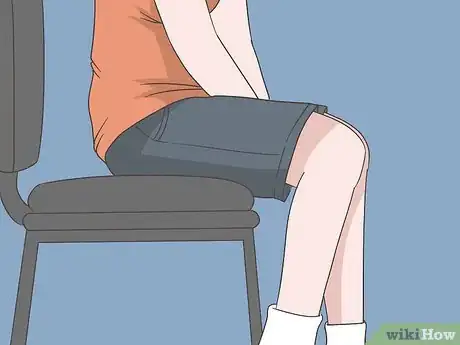
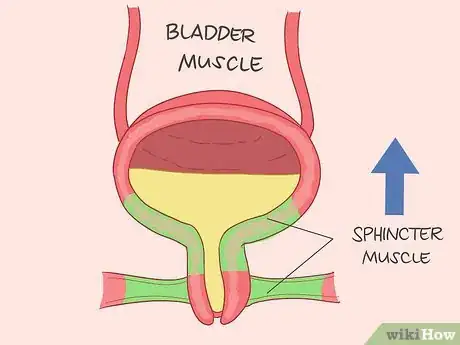
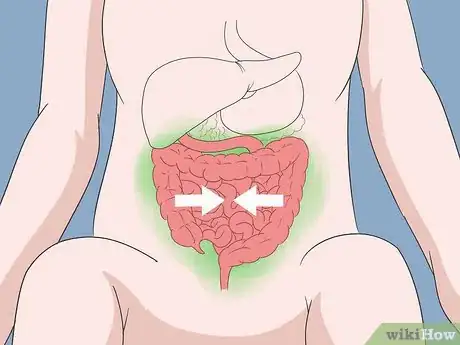
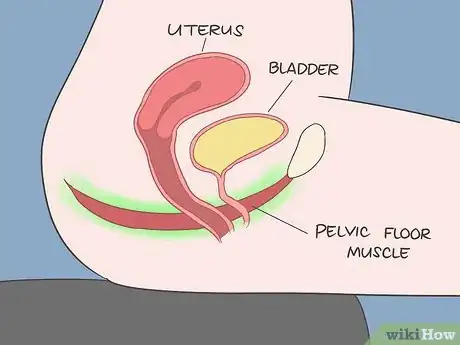

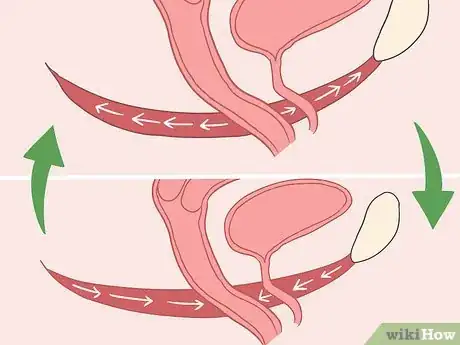
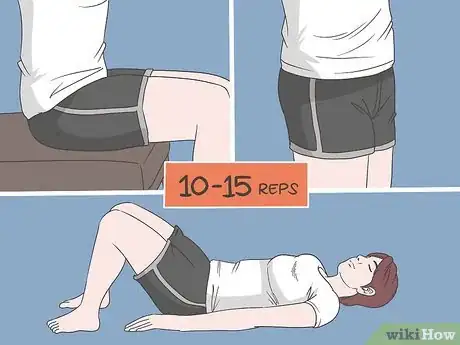

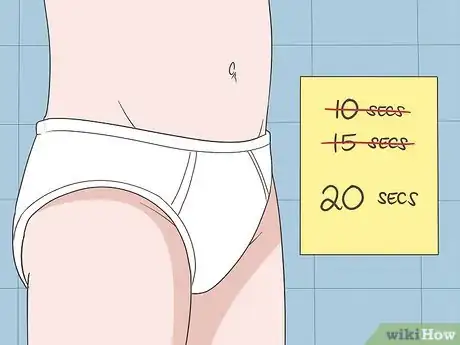
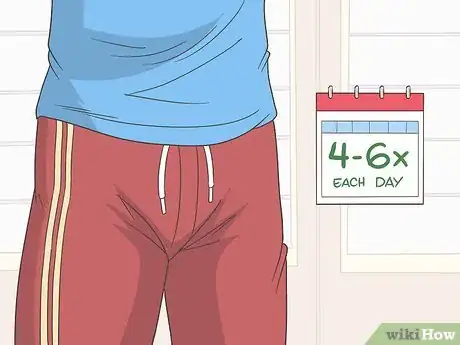
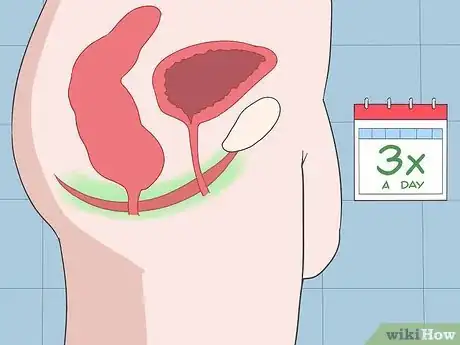
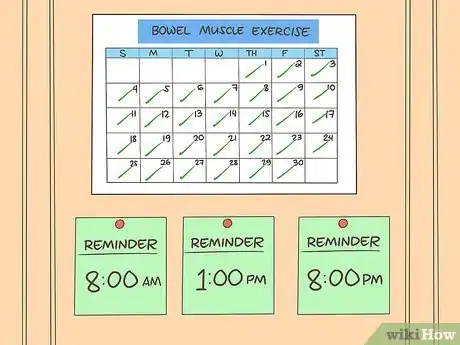
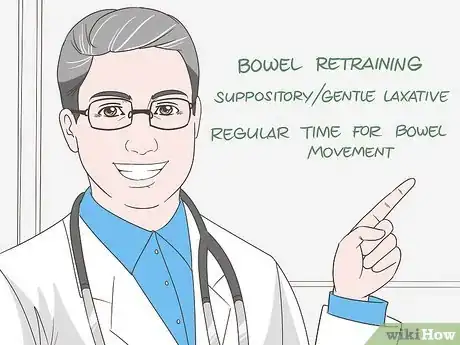


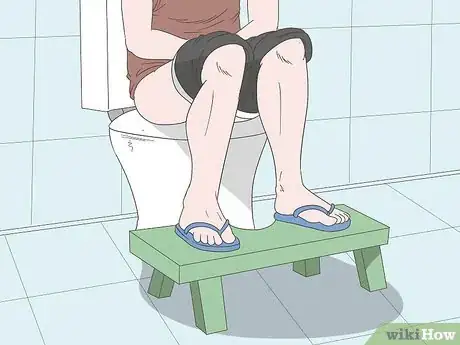
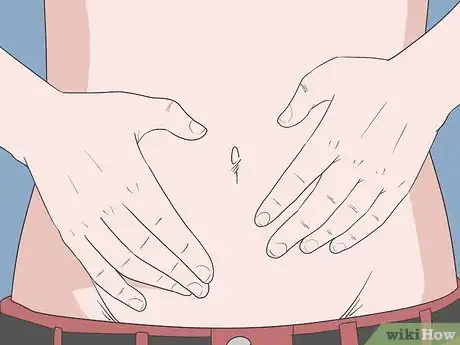
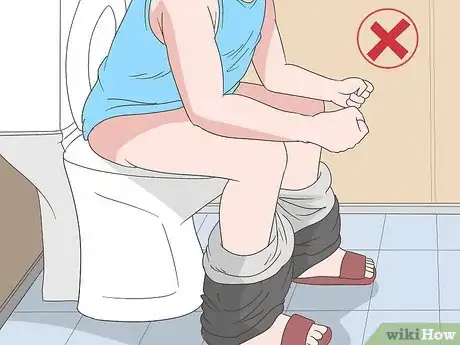













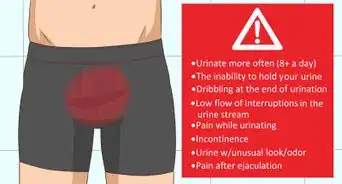















































Medical Disclaimer
The content of this article is not intended to be a substitute for professional medical advice, examination, diagnosis, or treatment. You should always contact your doctor or other qualified healthcare professional before starting, changing, or stopping any kind of health treatment.
Read More...